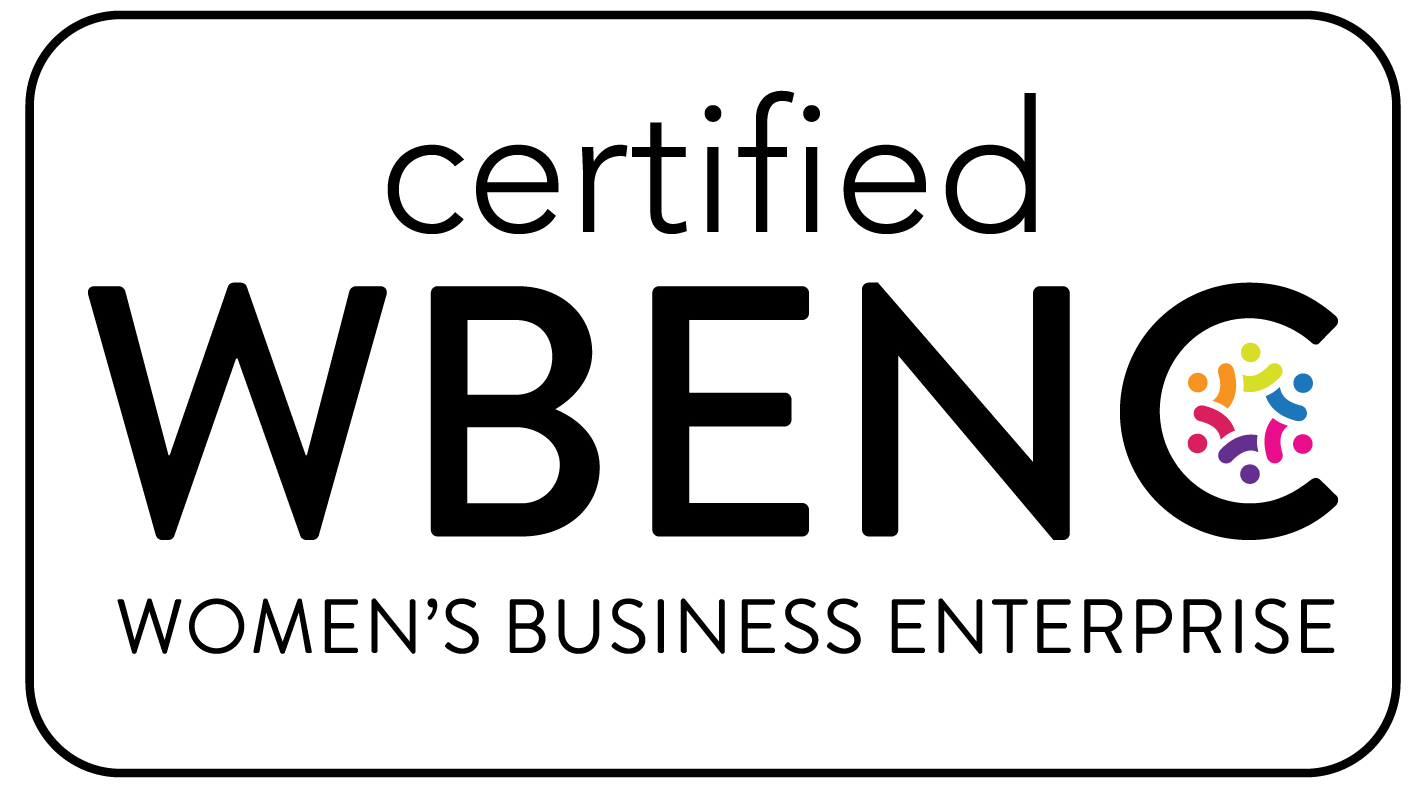Marginalized Populations at Greater Risk of Imposter Syndrome
By Krista Pouncy-Dyson
Founder of DiversityEmployed.com
Published August 1, 2022 at 5:00 p.m.
When addressing the factors that impact diversity and inclusion in the workplace, imposter syndrome is often overlooked. It is a new phrase in offices around the country, although it has been researched since the late 1970s. Coined in 1978 by clinical psychologists Pauline Clance and Suzanne Imes, imposter syndrome is a term that explains "a pattern of behavior where people doubt their accomplishments and have a persistent, often internalized fear of being exposed as a fraud." Over 70 percent of people report experiencing imposter syndrome at some point in their lives, according to a 2011 study published in the International Journal of Behavioral Science. And women and people of color account for the most impacted. Part of this comes from the lack of representation from these groups in positions of power. The less you see people who look like you or share the same backgrounds, the less you believe you can achieve jobs or occupations.
How is it harmful to BIPOC employees?

Do you ever feel like you’re a fraud? Don’t believe everything you think.
Imposter syndrome primarily affects employees of color because they have internalized comments about their merits in the workplace. Micro-aggressions, described as "indirect, subtle, or unintentional discrimination against members of a marginalized group," are the tip of the iceberg when addressing where imposter syndrome may stem from in the workplace. Discrimination against a person of color's name, the school they attended, or their familial status can affect how they see themselves. BIPOC employees are less likely to see themselves as equally qualified as their white counterparts when experiencing implicit bias about who they are or their country of origin. When imposter syndrome goes unchecked, especially within BIPOC employees, it can negatively impact work performance and self-worth.
Where does imposter syndrome come from?
A company's culture can be a significant contributing factor to imposter syndrome. Although it is essential to maintain appropriate behavior at work, imposter syndrome thrives when an employer only values one personality type. By positively reinforcing perfectionism and having rigid definitions of professionalism, employees feel the need to conform to the workplace archetype. When companies noticeably favor employees who act alike, studied the same subject in college, or share mutual connections, others might feel excluded or that they do not "measure up" to the company's expectations.
Why we should encourage employees to be themselves
Imposter syndrome leads to masking in the office or behaving in ways that aren't authentic to them, especially for employees of color. Shifts in a company's culture must happen for employees to feel valued, qualified, and authentically connected to the team. Some ways employers and leaders at work can combat imposter syndrome include applauding employees' accomplishments out loud, ensuring mental health is prioritized, and encouraging breaks/vacations as a way to communicate a job well done.
When employees receive recognition for their work, morale boosts, work performance peaks, and the overall energy of any workplace can thrive. Employees need to know they all come from different backgrounds, and that does not take away value from their contributions to the company. The traditional workplace culture of conformity only stifles excellent ideas and fosters a toxic value system. When companies can celebrate differences, unique personalities feel free to bubble up to the surface, making any team more dynamic and well-rounded.
Krista Pouncy-Dyson is the founder of DiversityEmployed.com and managing principal for Performance First Digital, a marketing agency in New Orleans. You can connect with the author on LinkedIn.
Culture vs. Conformity
Help Employees Show Up Authentically
A company culture is problematic when minority employees must communicate inauthentically within teams. Learn more about the difference between promoting company culture and promoting conformity.
Combat Beauty Bias
Avoiding Superficiality
Beauty bias bars us from all of the benefits embedded in diversity while simultaneously letting superficial aspects of an individual, like appearance, detrimentally factor into our decisions.

